'Suicide squads' paid huge sums amid fresh fears for nuclear site From The Independent/found it on Godlike Productions. Excerpts:
The radioactive core in one reactor at Fukushima's beleaguered nuclear power plant appeared to have melted through the bottom of its containment vessel, an expert warned yesterday, sparking fears that workers would not be able to save the reactor and that radioactive gases could soon be released into the atmosphere.
Richard Lahey, who was a head of reactor safety research at General Electric when the company installed the units at Fukushima, said the workers, who have been pumping water into the three reactors in an attempt to keep the fuel rods from melting, had effectively lost their battle. "The core has melted through the bottom of the pressure vessel in unit two, and at least some of it is down on the floor of the drywell," he said.
The damning analysis came as it emerged that workers at Japan's stricken nuclear plant are reportedly being offered huge sums to brave high radiation in an attempt to bring its overheated reactors under control.
Who Are the Liquidators? From This Can't Be Happening/found it on Rense. Excerpts:
The prime minister of Japan has said that his government is “not in a position where we can be optimistic” about the Fukushima Daiichi Nuclear Power Plant. Is there any logical conclusion to draw from that statement other than that a large chunk of Japan is going to be uninhabitable?
They’ve got four nuclear reactors right next to each other in various states of disaster and probably meltdown. Two more are damaged. The workers on site are exhausted, sick and dying. The ocean and air around the plant are highly radioactive. The surrounding farms are producing radioactive vegetables. The drinking water in Tokyo is radioactive. If the Fukushima reactors keep exploding and burning and blowing radiation into the reservoirs, how long before Tokyo becomes Jonestown with a population of 13,000,000?
Michio Kaku, the physicist and author, has suggested on CNN that the best option right now is entombment. There’s nothing to salvage, he said, so the Japanese government should get some shielded helicopters and dump sand, boric acid, dolomite and concrete on the reactors and bury them for eternity. This could be done in ten days, he said, if they just got the materials together, which they aren’t doing because the government is not facing the implications of its own declared lack of optimism.
I’m not a physicist, but entombment at Chernobyl was vastly more complicated than Kaku was able to discuss in the time limits of American television. The Chernobyl reactor had to be mostly neutralized before being permanently buried, which meant that 800,000 or so “liquidators” had to run into the plant, perform some menial task in the presence of boiling nuclear waste for a minute or two, and then run out. Most of them are now sick, dying or dead from radiation poisoning.
Perhaps burying Fukushima will be a more complicated process, because it has a lot more waste lying around and four out-of-control reactors while Chernobyl had just one. I don’t know. Either way, there is a moral problem that needs to be discussed.
Who will be the liquidators?
Japanese Seismologist in 2004 on Risk of Nuclear Accident: "It's Like a Kamikaze Terrorist Wrapped in Bombs Just Waiting to Explode" From Washington's Blog. Excerpts:
In 2004, Leuren Moret warned in the Japan Times of the exact type of nuclear catastrophe that Japan is now experiencing:
Of all the places in all the world where no one in their right mind would build scores of nuclear power plants, Japan would be pretty near the top of the list.
***
Japan sits on top of four tectonic plates, at the edge of the subduction zone, and is in one of the most tectonically active regions of the world.
***
Nonetheless, like many countries around the world -- where General Electric and Westinghouse designs are used in 85 percent of all commercial reactors -- Japan has turned to nuclear power as a major energy source
***
Many of those reactors have been negligently sited on active faults, particularly in the subduction zone along the Pacific coast, where major earthquakes of magnitude 7-8 or more on the Richter scale occur frequently. The periodicity of major earthquakes in Japan is less than 10 years. There is almost no geologic setting in the world more dangerous for nuclear power than Japan -- the third-ranked country in the world for nuclear reactors.
"I think the situation right now is very scary," says Katsuhiko Ishibashi, a seismologist and professor at Kobe University. "It's like a kamikaze terrorist wrapped in bombs just waiting to explode."
Japan activist warns another 'nuclear quake' looms Reuters/Rense. Excerpts:
The nuclear safety crisis entering its third week in Japan was not exactly the disaster that long-term activist and author Takashi Hirose foresaw in his book last summer, "Nuclear Reactor Time Bomb".
But except for the location -- Hirose had predicted an imminent megaquake and nuclear accident at the Hamaoka plant 200 km southwest of Tokyo, not the Fukushima Daiichi plant 240 km northeast -- the scenario depicted in his first book on nuclear power in 15 years has proved eerily prescient.
As Hirose watches what he believes is a bungled response by the government and Tokyo Electric Power Co (TEPCO) (9501.T), which runs the plant, his fears are as strong as ever that a repeat is set to hit on the other side of the Japanese capital.
"I think it will definitely occur soon," he said, citing geological research on earthquake cycles suggesting that a massive quake may be imminent in the Tokai region near the Hamaoka plant.
Biggest spike in radiation at Japan power plant Yahoo/Godlike Productions. Excerpts:
Seawater outside the hobbled nuclear power plant in northeastern Japan was found to contain 3,335 times the usual amount of radioactive iodine — the highest rate yet and a sign that more contaminated water was making its way into the ocean, officials said Wednesday.
The amount of iodine-131 found offshore some 300 yards (meters) south of the coastal Fukushima Dai-ichi power plant does not pose an immediate threat to human health but was a "concern," said Hidehiko Nishiyama, a Nuclear and Industrial Safety Agency official. He said there was no fishing in the area.
The radioactive core in one reactor at Fukushima's beleaguered nuclear power plant appeared to have melted through the bottom of its containment vessel, an expert warned yesterday, sparking fears that workers would not be able to save the reactor and that radioactive gases could soon be released into the atmosphere.
Richard Lahey, who was a head of reactor safety research at General Electric when the company installed the units at Fukushima, said the workers, who have been pumping water into the three reactors in an attempt to keep the fuel rods from melting, had effectively lost their battle. "The core has melted through the bottom of the pressure vessel in unit two, and at least some of it is down on the floor of the drywell," he said.
The damning analysis came as it emerged that workers at Japan's stricken nuclear plant are reportedly being offered huge sums to brave high radiation in an attempt to bring its overheated reactors under control.
Who Are the Liquidators? From This Can't Be Happening/found it on Rense. Excerpts:
The prime minister of Japan has said that his government is “not in a position where we can be optimistic” about the Fukushima Daiichi Nuclear Power Plant. Is there any logical conclusion to draw from that statement other than that a large chunk of Japan is going to be uninhabitable?
They’ve got four nuclear reactors right next to each other in various states of disaster and probably meltdown. Two more are damaged. The workers on site are exhausted, sick and dying. The ocean and air around the plant are highly radioactive. The surrounding farms are producing radioactive vegetables. The drinking water in Tokyo is radioactive. If the Fukushima reactors keep exploding and burning and blowing radiation into the reservoirs, how long before Tokyo becomes Jonestown with a population of 13,000,000?
Michio Kaku, the physicist and author, has suggested on CNN that the best option right now is entombment. There’s nothing to salvage, he said, so the Japanese government should get some shielded helicopters and dump sand, boric acid, dolomite and concrete on the reactors and bury them for eternity. This could be done in ten days, he said, if they just got the materials together, which they aren’t doing because the government is not facing the implications of its own declared lack of optimism.
I’m not a physicist, but entombment at Chernobyl was vastly more complicated than Kaku was able to discuss in the time limits of American television. The Chernobyl reactor had to be mostly neutralized before being permanently buried, which meant that 800,000 or so “liquidators” had to run into the plant, perform some menial task in the presence of boiling nuclear waste for a minute or two, and then run out. Most of them are now sick, dying or dead from radiation poisoning.
Perhaps burying Fukushima will be a more complicated process, because it has a lot more waste lying around and four out-of-control reactors while Chernobyl had just one. I don’t know. Either way, there is a moral problem that needs to be discussed.
Who will be the liquidators?
Japanese Seismologist in 2004 on Risk of Nuclear Accident: "It's Like a Kamikaze Terrorist Wrapped in Bombs Just Waiting to Explode" From Washington's Blog. Excerpts:
In 2004, Leuren Moret warned in the Japan Times of the exact type of nuclear catastrophe that Japan is now experiencing:
Of all the places in all the world where no one in their right mind would build scores of nuclear power plants, Japan would be pretty near the top of the list.
***
Japan sits on top of four tectonic plates, at the edge of the subduction zone, and is in one of the most tectonically active regions of the world.
***
Nonetheless, like many countries around the world -- where General Electric and Westinghouse designs are used in 85 percent of all commercial reactors -- Japan has turned to nuclear power as a major energy source
***
Many of those reactors have been negligently sited on active faults, particularly in the subduction zone along the Pacific coast, where major earthquakes of magnitude 7-8 or more on the Richter scale occur frequently. The periodicity of major earthquakes in Japan is less than 10 years. There is almost no geologic setting in the world more dangerous for nuclear power than Japan -- the third-ranked country in the world for nuclear reactors.
"I think the situation right now is very scary," says Katsuhiko Ishibashi, a seismologist and professor at Kobe University. "It's like a kamikaze terrorist wrapped in bombs just waiting to explode."
Japan activist warns another 'nuclear quake' looms Reuters/Rense. Excerpts:
The nuclear safety crisis entering its third week in Japan was not exactly the disaster that long-term activist and author Takashi Hirose foresaw in his book last summer, "Nuclear Reactor Time Bomb".
But except for the location -- Hirose had predicted an imminent megaquake and nuclear accident at the Hamaoka plant 200 km southwest of Tokyo, not the Fukushima Daiichi plant 240 km northeast -- the scenario depicted in his first book on nuclear power in 15 years has proved eerily prescient.
As Hirose watches what he believes is a bungled response by the government and Tokyo Electric Power Co (TEPCO) (9501.T), which runs the plant, his fears are as strong as ever that a repeat is set to hit on the other side of the Japanese capital.
"I think it will definitely occur soon," he said, citing geological research on earthquake cycles suggesting that a massive quake may be imminent in the Tokai region near the Hamaoka plant.
Biggest spike in radiation at Japan power plant Yahoo/Godlike Productions. Excerpts:
Seawater outside the hobbled nuclear power plant in northeastern Japan was found to contain 3,335 times the usual amount of radioactive iodine — the highest rate yet and a sign that more contaminated water was making its way into the ocean, officials said Wednesday.
The amount of iodine-131 found offshore some 300 yards (meters) south of the coastal Fukushima Dai-ichi power plant does not pose an immediate threat to human health but was a "concern," said Hidehiko Nishiyama, a Nuclear and Industrial Safety Agency official. He said there was no fishing in the area.










































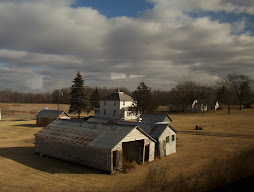


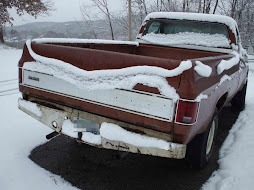

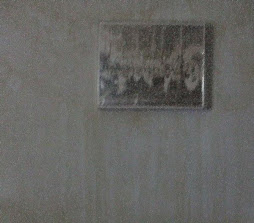






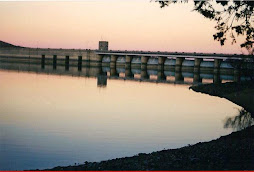






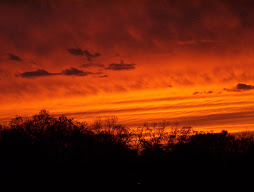
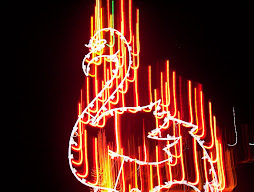




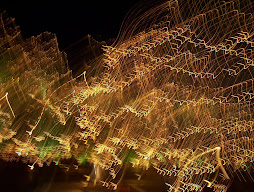

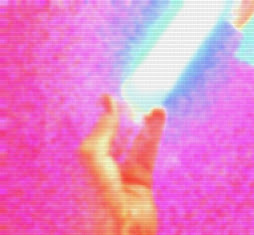
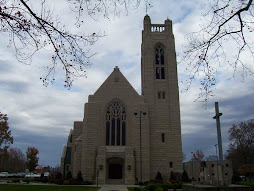
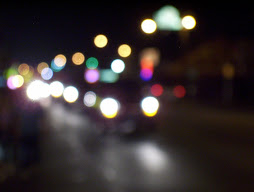








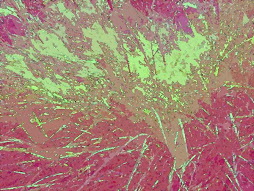
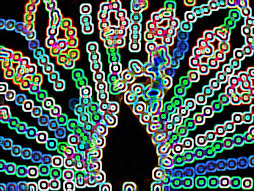









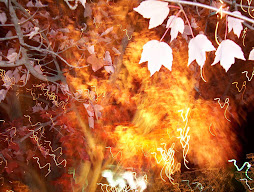

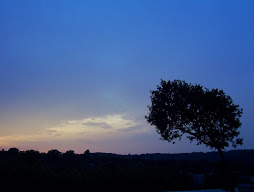











No comments:
Post a Comment